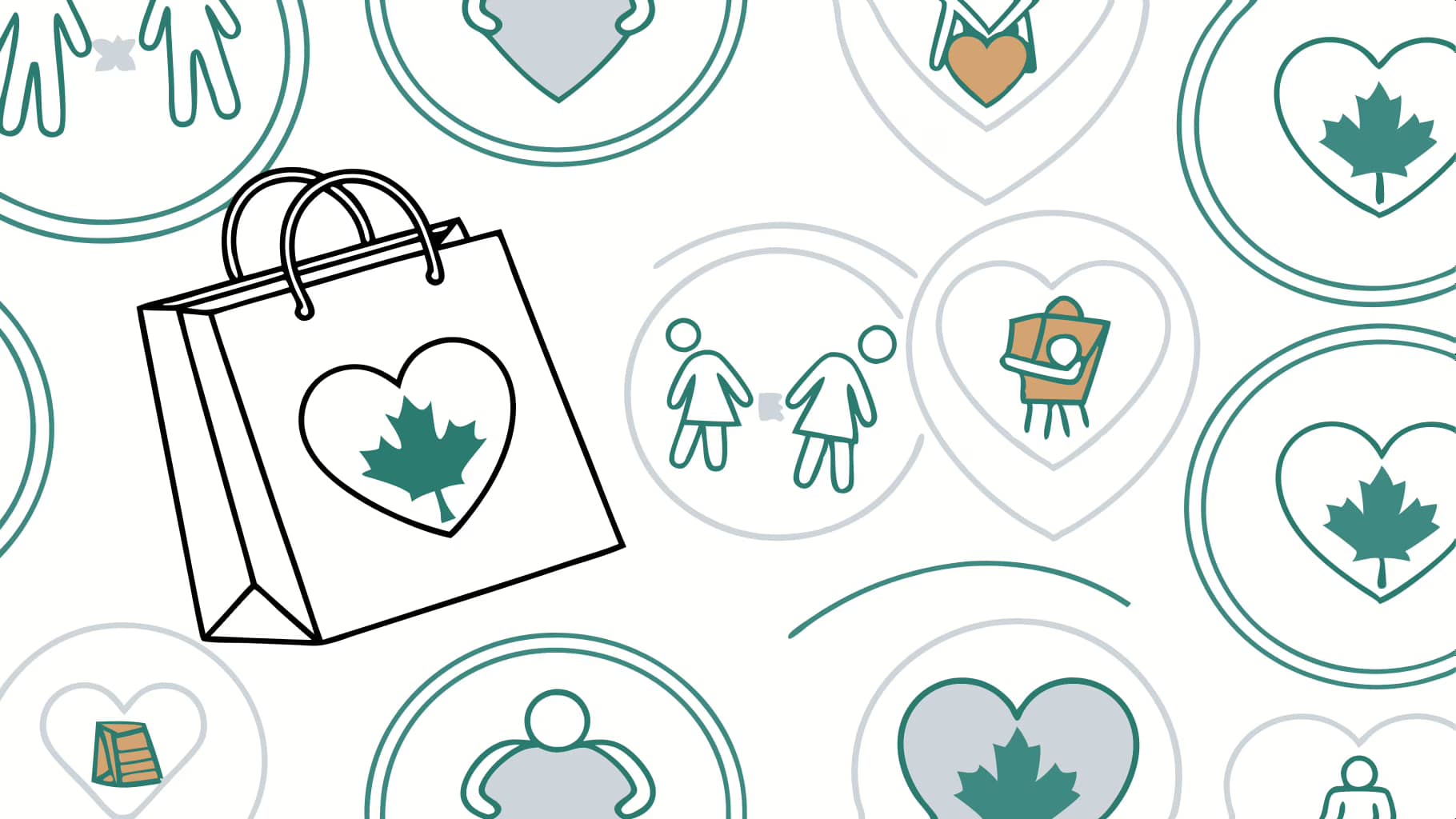Sustainable Referral Marketing: A Meaningful Opportunity
Sustainable referral marketing is based on a simple truth: according to Nielsen, 92% of people trust recommendations from peers more than any form of advertising.
The power of positive feedback and client referrals is undeniable.
But in 2025, that trust is no longer automatic. With AI-generated fake reviews, copy-pasted testimonials, and perfect 5-star ratings that seem too good to be true, it’s now essential to rebuild genuine trust.
Referrals are still a powerful growth lever. They open doors, boost your credibility, and bring a human touch to your marketing.
Yet many businesses still treat referrals like random luck instead of a reliable, ethical system for long-term growth.
So how do you make referrals a strategic, values-aligned marketing asset?
Here are 6 practical levers to activate—without pressure, tricks, or manipulation.
What Is a Client Referral?
A client referral is an opinion, a statement of trust, or a supportive gesture expressed by someone who has used your service or product.
In sustainable referral marketing, these testimonials play a central role: they influence buying decisions, strengthen brand credibility, and fuel organic growth.
A strong referral can:
- Increase your conversion rate
- Strengthen customer loyalty
- Reduce acquisition costs
- Fuel word-of-mouth and visibility
Common types of referrals:
- Verbal word-of-mouth (peer discussions, networking, events)
- Online reviews (Google, Facebook, LinkedIn, industry platforms)
- Content sharing (articles, reels, carousels on social media)
- Private recommendations (DMs via Instagram, LinkedIn, WhatsApp, etc.)
Some companies actively prompt these referrals through testimonial campaigns or rating systems. At Ciro Jaen Paniza Marketing Services, we believe only ethical, sincere, and long-lasting referrals build strong brands and long-term client relationships.
The 6 Levers of Sustainable Referral Marketing
1. Give Before You Receive

Robert Cialdini’s principle of reciprocity is based on the idea of giving to receive. It builds trust and strengthens relationships.
Concrete ideas:
- Feature a fellow professional or collaborator in your newsletter
- Create a partner directory your clients can access
- Write reviews for the brands and services you value
- Recommend great tools, products, or pros to your network
2. Clarify Who You Help

People will only refer you if they clearly understand who you help and in what situations. If your message is fuzzy, they won’t think of you.
Use the 3C rule to clarify:
- Client — Who do you support?
- Context — In what types of situations or challenges?
- Change — What tangible transformation do you offer?
Example: “I help entrepreneurs and coaches structure their marketing so they can grow their sales without losing their authenticity.”
The clearer your message, the easier it is for people to remember and recommend you.
3. Stay Visible Without Spamming

Out of sight, out of mind. But too much visibility? It can backfire.
Disappearing from your audience’s radar won’t get you referrals. But staying visible doesn’t mean sending soulless emails or publishing meaningless content.
At Ciro Jaen Paniza Marketing Services, we believe visibility should be intentional, human, and aligned with your energy.
Better to post less often but with purpose.
Ideas to stay top-of-mind:
- A short Instagram Reel with a tip, client story, or behind-the-scenes moment
- A micro-testimonial on LinkedIn (3 lines + a client quote or photo)
- A “day in the life” snapshot to show what your clients experience
- A reminder about your service offer: who you serve, when, and why
4. Spotlight Your Clients

According to Mention Me, people refer primarily out of pride—not for a reward.
In other words, they talk about your brand to enhance their own image: because they’re proud to have found the right fit.
So highlighting your clients, their stories, and their wins is an excellent way to talk about what you do—without making it all about you.
Simple formats that work:
- A short before/after case study
- A 30 to 60-second client video testimonial
- A “client of the month” feature post
- A repost of their content with a personal comment
When you make your clients feel seen and celebrated, they’ll want to share your work naturally.
5. Make Referrals Easy

Make it easy for your clients and partners to talk about you—without putting words in their mouths.
Most people want to recommend you. They just don’t know how.
Give them simple, respectful tools:
- A clear positioning (the 3Cs again!)
- A short “about you” sheet: services, ideal clients, contact info, past testimonials
- A feedback form after an event or project
- A call to action in your emails or website: “Loved our work together? Share your experience here.”
When you prepare the ground with clarity and trust, referrals grow organically.
6. Be Human, Not Perfect

According to a study by the Spiegel Research Center at Northwestern University, people trust products rated between 4.2 and 4.7 stars more than perfect 5-star ratings.
Why? Because perfect often feels fake.
The most persuasive testimonials are not the most flattering—they’re the most real.
What makes a good testimonial?
- It’s instructive
- It’s honest
- It’s relatable
Tip: End-of-project check-ins or client feedback calls are gold mines. Use them to:
- Capture impressions and honest reactions
- Understand concerns or friction points
- Highlight what transformed or reassured your client
These moments often lead to the most grounded, authentic testimonials—and that’s what builds lasting trust.
Final Thoughts
Give before you receive. Clarify your impact. Stay visible with intention. Spotlight your clients. Make sharing easier. Stay real, not perfect.
These are the 6 keys to activating sustainable referral marketing: honest, human, and aligned with your values.
It’s not a quick fix. It’s a mindset.
When activated with intention, these referrals become one of the most powerful and ethical growth levers you can build.
Need help? Don’t hesitate to contact us for a free consultation. We would be happy to help.
Some other resources:
Nielsen Study Reveals Who Trusts What in Advertising




